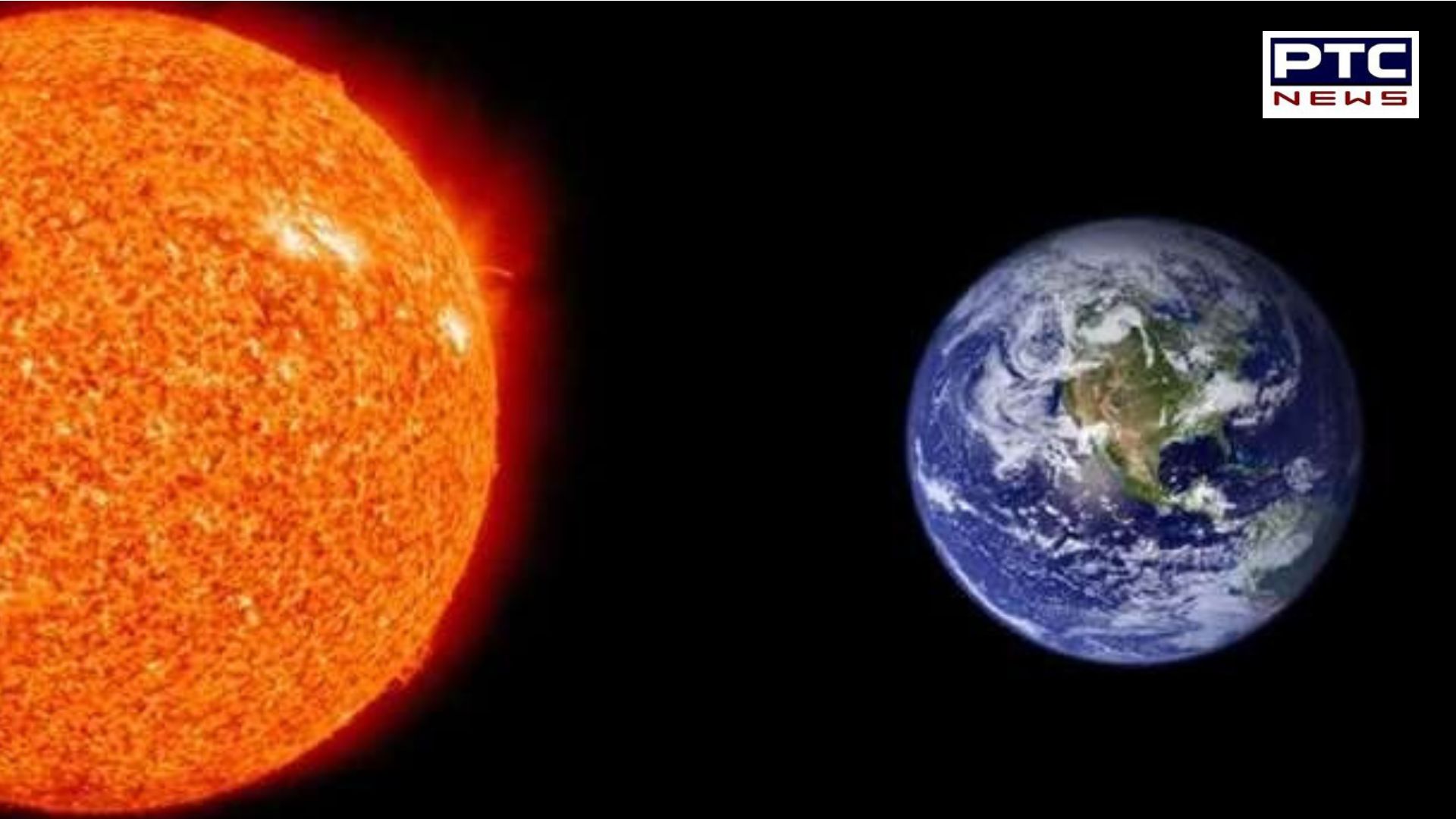

Earth to be closest to Sun today | Explained
PTC Web Desk: The perpetual interplay between Earth and the Sun forms a mesmerising cosmic ballet as our planet orbits around its star. Amidst this cosmic choreography, January 3 marks a significant astronomical event as Earth reaches its closest proximity to the Sun, known as Perihelion Day.
Perihelion Day signifies the moment Earth reaches its nearest point to the Sun within its annual elliptical orbit. This celestial occurrence, more than a fascination for astronomers, holds profound implications for our planet and its environment. Occurring around January 3 each year, Earth draws within approximately 147 million km of the Sun during Perihelion, roughly 3 per cent closer than its average distance.
Also Read | Young wrestlers accuse Sakshi, Vinesh Phogat of ruining wrestling
The essence of Perihelion lies in the shape of Earth's orbit, debunking the notion of a perfect circular orbit around the Sun. Johannes Kepler's laws of planetary motion delineate that Earth, like other planets, follows an elliptical path. Consequently, there are phases where our planet is closer or farther from the Sun. Kepler's laws illustrate that planets speed up as they approach the Sun and slow down when they move away.
Also Read | Working Mom Guilt: It's time to break free from shackles; know how
/ptc-news/media/media_files/Fd6b2phAKSynnSCGPDs8.jpg)
Despite the proximity to the Sun during Perihelion, it does not align with the Northern Hemisphere's hottest months. Instead, Earth's axial tilt governs seasons rather than its distance from the Sun. During the Northern Hemisphere's winter, when Perihelion occurs, this part of the globe tilts away from the Sun, resulting in cooler temperatures despite the heightened solar radiation received.
Perihelion's influence extends to altering the duration of seasons. The Northern Hemisphere experiences a relatively shorter winter, nearly five days less compared to summer, owing to Earth's accelerated orbital velocity around the Sun. Consequently, the Southern Hemisphere relishes a slightly elongated summer.
Furthermore, the augmented solar radiation during Perihelion, approximately 7 per cent more intense than at Aphelion, can influence weather patterns and contribute to subtle climatic variations. While these alterations might not be overtly noticeable, they form integral components of the intricate natural mechanisms governing Earth's equilibrium.
Also Read | CBSE rolls psychological counselling sessions for Class 10, 12 exams
Also Read | Animal OTT release: Ranbir Kapoor-starrer heads to OTT in January?
In essence, Perihelion Day, with its cosmic closeness to the Sun, underscores the harmonious interplay between Earth's orbit and the seasons, subtly shaping climatic patterns while perpetuating the majestic dance between our planet and its celestial partner.
-
